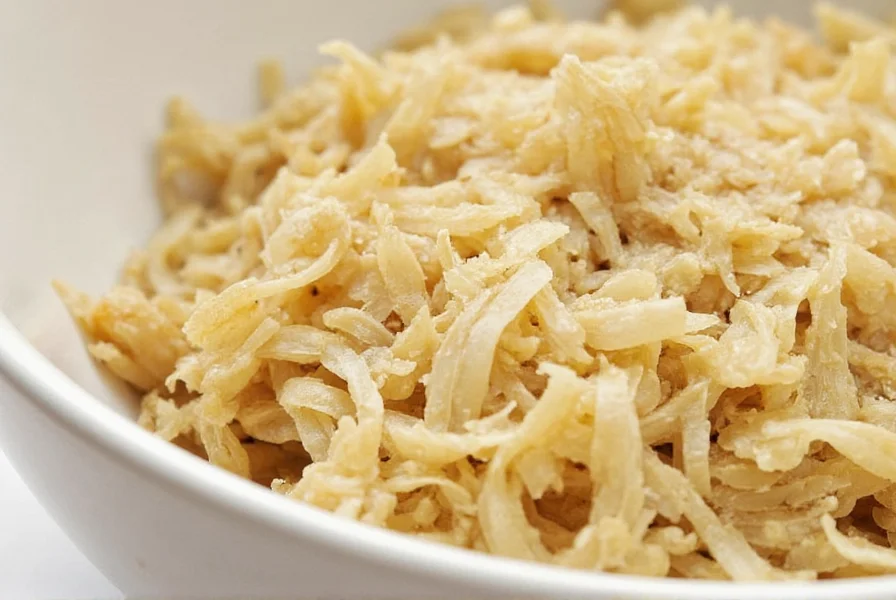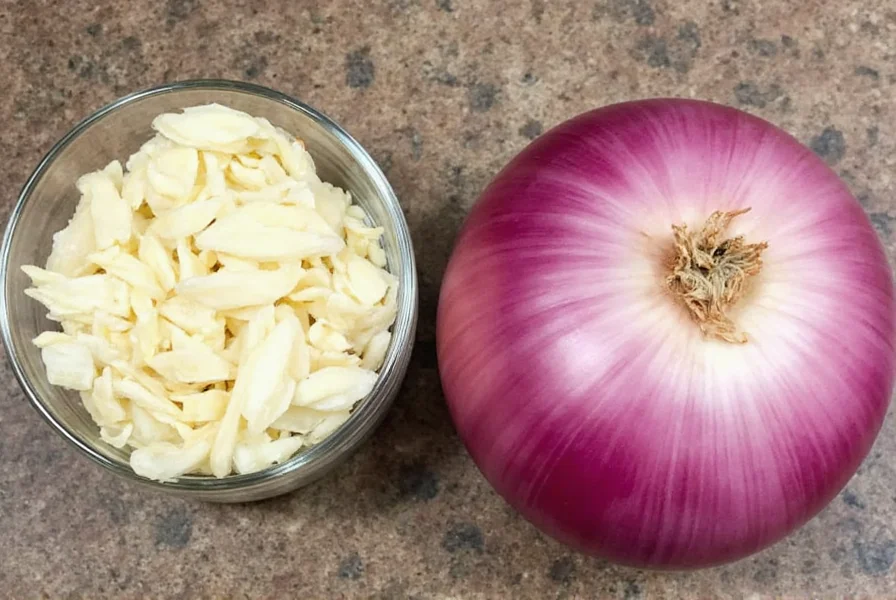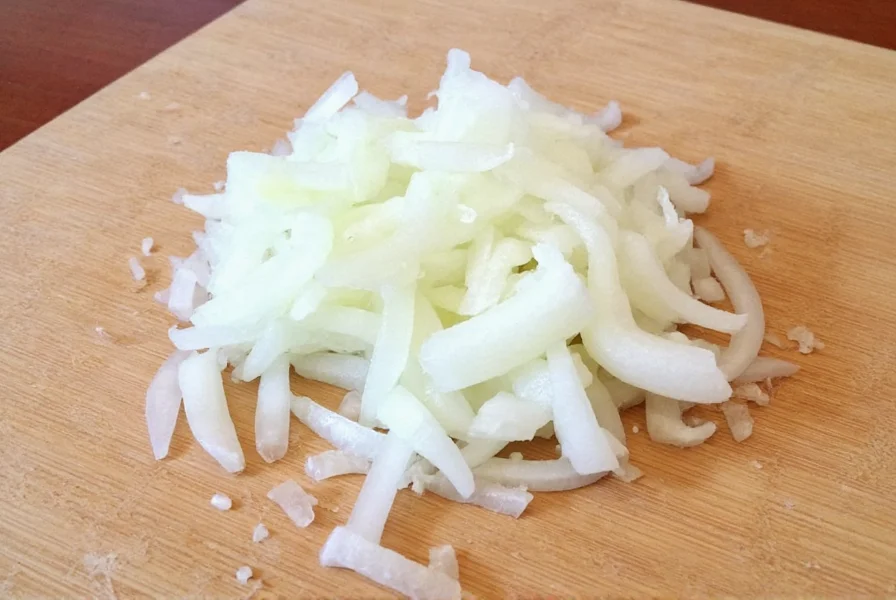When adapting recipes or facing pantry shortages, understanding dried minced onion equivalents becomes essential for maintaining flavor integrity. Many home cooks and professional chefs encounter situations where fresh onions aren't available, making accurate dried-to-fresh conversions crucial for recipe success.
Understanding Onion Conversion Ratios
The 3:1 ratio (three tablespoons dried minced onion to one medium fresh onion) serves as the culinary standard for good reason. Drying removes approximately 90% of an onion's water content, concentrating its flavor while reducing volume significantly. This dehydration process transforms the texture and intensifies the onion's natural compounds, requiring careful measurement when substituting.
However, several factors can influence this conversion:
- Onion variety (yellow, white, red, or sweet onions)
- Drying method (freeze-dried versus dehydrated)
- Brand-specific processing techniques
- Recipe moisture requirements
Comprehensive Conversion Chart
| Fresh Onion Size | Weight (grams) | Diced Volume | Dried Minced Onion Equivalent |
|---|---|---|---|
| Small | 100g | 1/2 cup | 2 tablespoons |
| Medium | 150g | 3/4 cup | 3 tablespoons |
| Large | 200g | 1 cup | 4 tablespoons (1/4 cup) |
| Extra Large | 250g | 1 1/4 cups | 5 tablespoons |
Factors Affecting Dried Minced Onion Substitution
While the standard conversion provides a reliable starting point, several variables require consideration for optimal results:
Onion Variety Differences
Yellow onions (most common in cooking) have a stronger flavor than sweet varieties like Vidalia. When substituting dried minced yellow onion for sweet fresh onions, consider reducing the amount by 25% to prevent overpowering sweetness in your dish.
Rehydration Techniques
For recipes with sufficient liquid content (soups, stews, sauces), dried minced onion can be added directly. In drier applications (sauces, dressings, or baked goods), rehydrate the dried product first by combining it with an equal amount of warm water and letting it sit for 10-15 minutes before use. This technique mimics fresh onion's moisture content more accurately.
Flavor Intensity Considerations
Dried minced onion often delivers a more concentrated, slightly sweeter flavor profile than fresh onions. In delicate dishes like vinaigrettes or fresh salsas, consider using 25% less than the standard conversion to avoid overwhelming other ingredients.
Practical Substitution Guidelines
Follow these professional kitchen-tested recommendations when substituting dried minced onion for fresh:
- For soups and stews: Use the standard 3:1 ratio (3 tablespoons dried per medium fresh onion). The extended cooking time allows flavors to mellow appropriately.
- For sauces and gravies: Reduce the dried amount by 10-15% and rehydrate before adding to prevent sharp flavor notes.
- For baking applications: Use 25% less dried minced onion than the standard conversion, as heat intensifies dried onion flavor during baking.
- For raw applications: Avoid substitution when possible, as dried minced onion won't provide the same texture and fresh flavor profile.
Common Substitution Mistakes to Avoid
Many home cooks make these critical errors when substituting dried minced onion:
- Using volume measurements without adjustment: Measuring dried minced onion using the same cup measurement as fresh onion results in overpowering flavor.
- Ignoring recipe moisture content: Adding dried minced onion directly to low-moisture recipes creates unpleasant texture pockets.
- Not accounting for storage time: Older dried minced onion loses potency, potentially requiring slightly more than the standard conversion.
- Substituting in all applications: Some dishes simply require fresh onion's texture and water content for proper chemical reactions.

When Fresh Onions Are Essential
While dried minced onion serves as a convenient pantry staple, certain applications demand fresh onions for optimal results:
- Raw preparations like salsas, salads, and garnishes
- Dishes where onion texture contributes significantly to mouthfeel
- Recipes relying on onion's natural sugars for caramelization
- Situations requiring precise moisture content control
Understanding these limitations helps prevent recipe failures when substituting ingredients. The best approach combines knowledge of conversion ratios with awareness of each dish's specific requirements.

Storage Tips for Maximum Potency
To maintain consistent conversion accuracy, proper storage of dried minced onion is essential:
- Store in an airtight container away from light and heat
- Use within 6-12 months for optimal flavor intensity
- Check potency by rubbing a small amount between fingers - strong aroma indicates freshness
- Consider freezing for extended shelf life (up to 18 months)
Older dried products may require slightly increased measurements to achieve equivalent flavor, as volatile compounds degrade over time.
Conclusion
Mastering the conversion between dried minced onion and fresh onions empowers cooks to adapt recipes confidently. Remember that three tablespoons of dried minced onion equals one medium fresh onion as your foundational ratio, then adjust based on recipe requirements, onion variety, and personal taste preferences. This knowledge transforms potential recipe obstacles into opportunities for culinary creativity while maintaining the intended flavor profile of your dishes.











 浙公网安备
33010002000092号
浙公网安备
33010002000092号 浙B2-20120091-4
浙B2-20120091-4